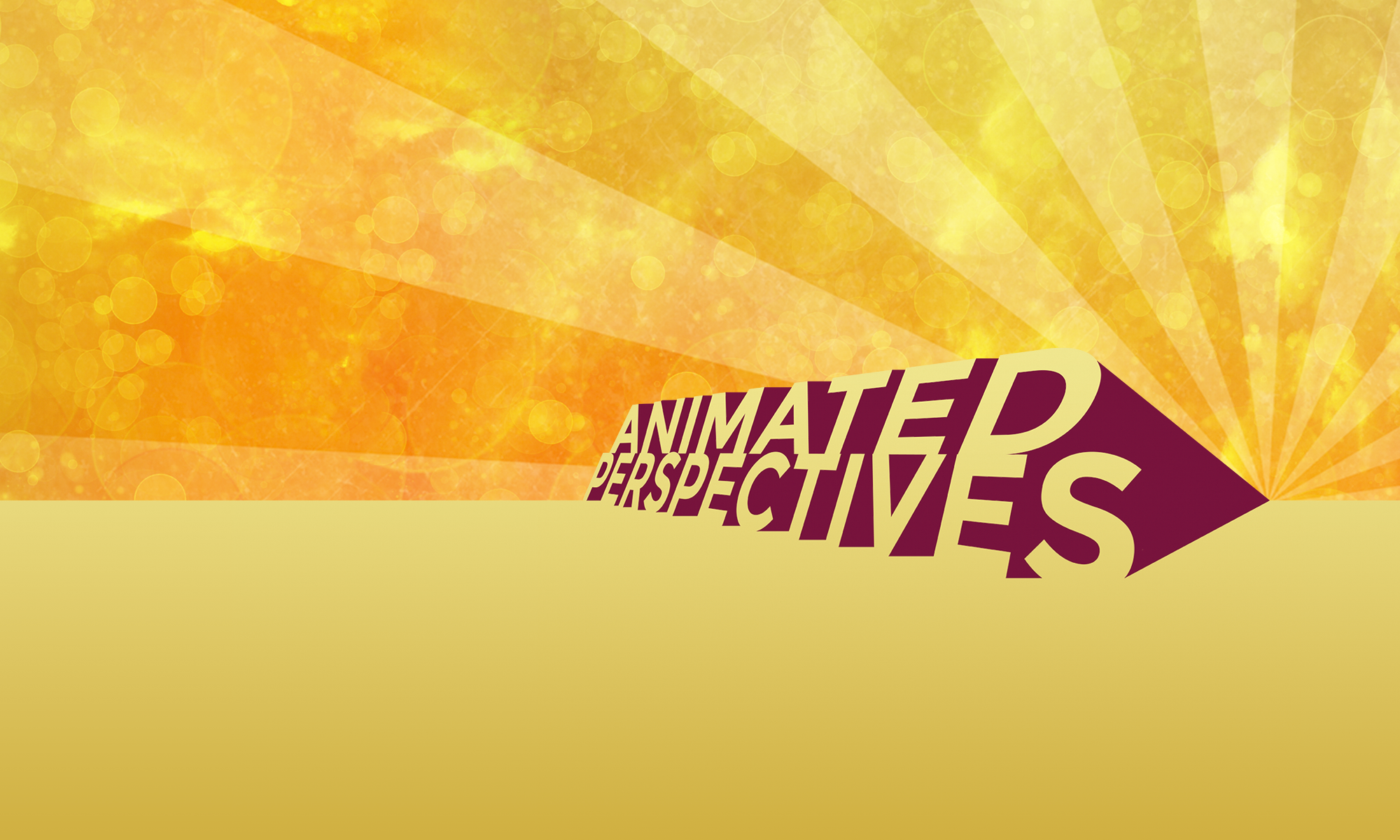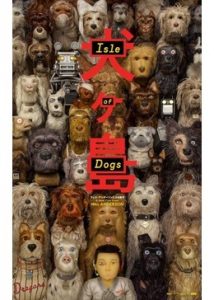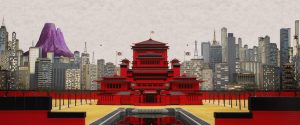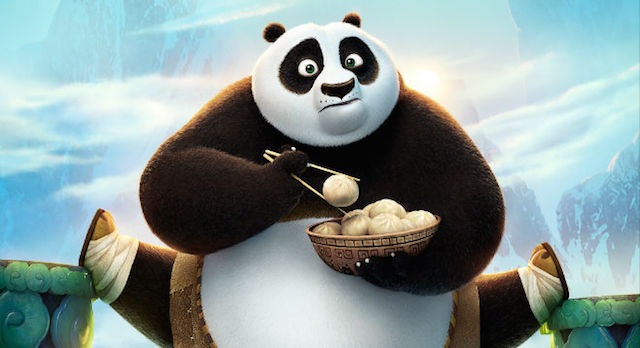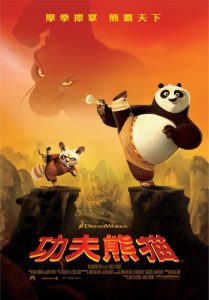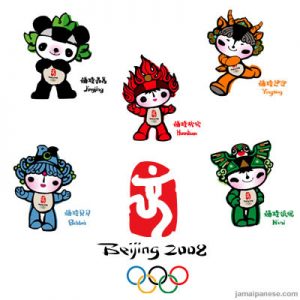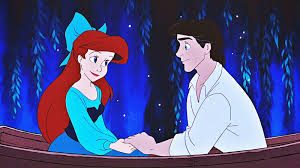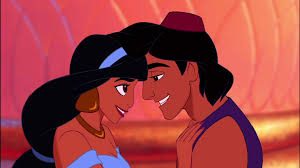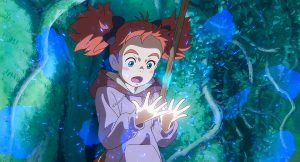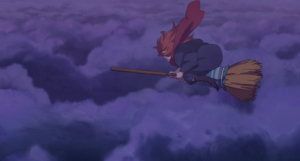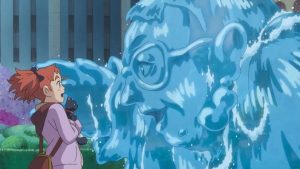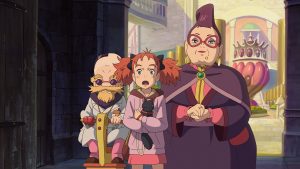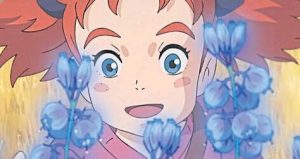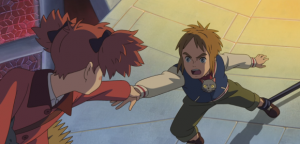As the spotlight intensifies around diversity in Hollywood, how does the critical examination of diversity and inclusivity carry over to animation? Have studios like Pixar evolved to represent inclusivity- both on-screen and off? An examination of Pixar’s journey indicates, despite improvement, Pixar has a long way to go.
Looking at Pixar’s roster of films, Pixar appears to experience a clear wave of progressivism around 2008 with the start of production on Brave. Brave, which premiered in 2012, was Pixar’s 13th movie and first to feature a female protagonist and female co-director. Since Pixar’s first film in 1995, Toy Story, Pixar featured mostly male protagonists. With the mother-daughter relationship a central theme, Brave demonstrates a considerable movement away from traditional stories of male heroes.
While Brave demonstrated some amount of forward movement, off-screen drama indicated otherwise when Brenda Chapman was removed from the project mid-way through production. While Chapman, who also wrote and conceived the film signed on to direct in 2010, she was later replaced with white male director, Mark Andrews. Though it is unclear why she was removed from the project, she later released a statement that she was heartbroken to be separated from her story and replaced with a male voice.
This is not the only example of contention between Pixar and its female workforce. Last year, Rashida Jones and her writing partner jumped ship on Toy Story 4, citing Pixar’s inability to provide a workplace “where women and people of color [have an] equal creative voice” as the principal issue. This move seemingly coincided with commotion surrounding the workplace conduct of John Lasseter, Chief Creative Officer of Disney Animation and Pixar. Lasseter, whose workplace behaviour has come into question after numerous accounts of inappropriate advances, announced a six month sabbatical in response to questions of his character. Pixar has not yet attempted another film with a woman director or a film with a sole protagonist that is female.
In terms of racial and cultural diversity, Pixar has had a slightly less tumultuous journey. Three years after the release of Brave, Pixar released The Good Dinosaur, the first Pixar film directed by a person of color. Their most recent release of Coco represents the first Pixar film with a protagonist of color.
This said, compared to Walt Disney Animation, these numbers are pitiful. Admittedly, in general, comparing the two can be a futile task given that WDA was established long before Pixar, giving it more financial and reputational freedom to explore different perspectives. This said, I feel it’s worth noting, that since 1995 (the release of the first Pixar film), WDA has released 4 movies with protagonists of color and 8 movies with female protagonists. While there are certainly caveats and asterisks to these numbers (while they do depict women and people of color- how they depict them is another story), it seems Walt Disney Animation has had little trouble at least attempting to depict diverse perspectives on screen.
So where does that leave us, has Pixar been making gains in terms of diversity? Kind of? Sort of? While they’ve made some progress, it seems they’ve had little success making Pixar burgeoning space of creativity for POC and women both on and off screen.
